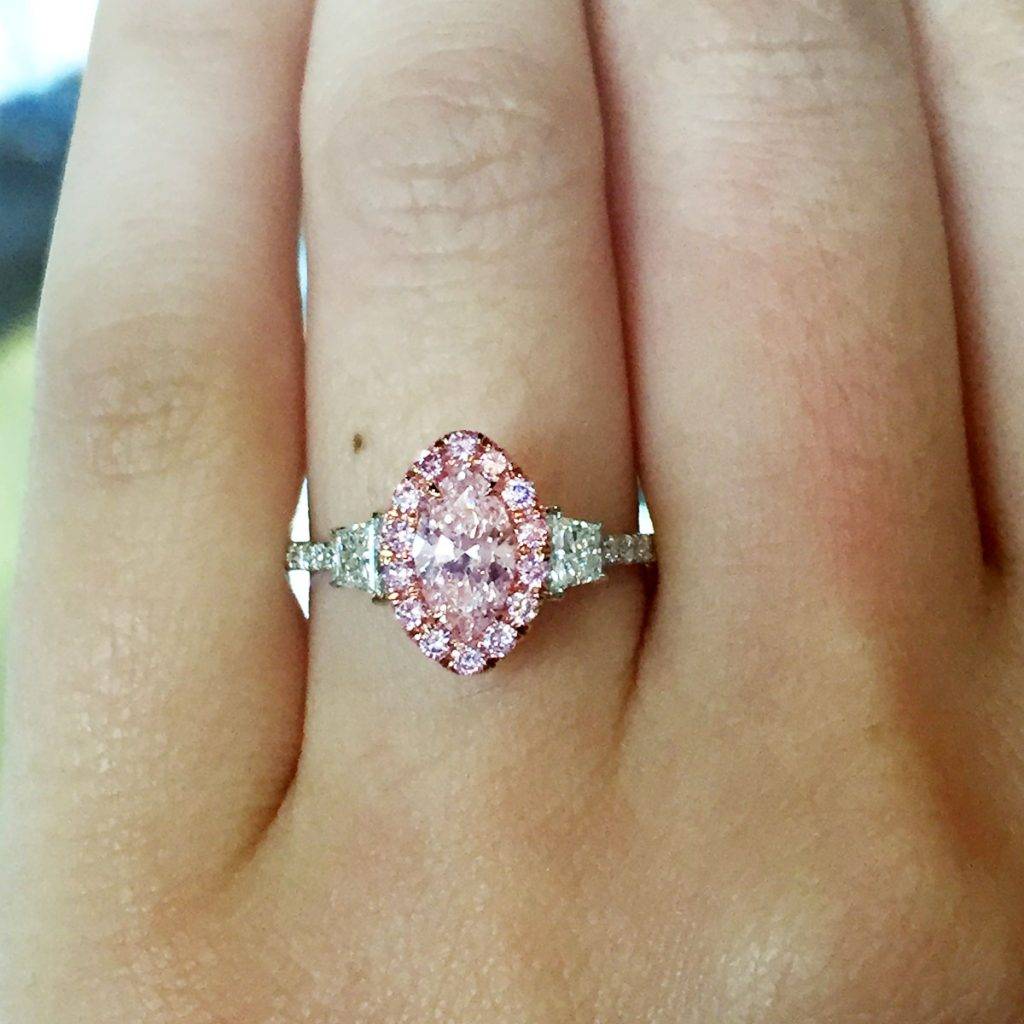When considering a diamond, one of the most fundamental questions arises: which cut makes a diamond appear the largest? The cut of a diamond greatly influences its appearance and allure, impacting not just its proportions but also the interplay of light and sparkle. Let’s delve into the world of diamonds and discover the nuances that will help you choose the best cut for that coveted look of grandeur.
Understanding Diamond Cuts
Before diving into which cuts provide that captivating illusion of size, it’s crucial to grasp what is meant by the term “cut.” The cut refers to how well a diamond has been shaped and polished after being mined. It dictates the diamond’s ability to reflect light—often referred to as its “brilliance.” A well-cut diamond not only sparkles more but also appears larger than its poorly cut counterparts, even if they share the same carat weight.
The Round Brilliant Cut
The round brilliant cut reigns supreme as the most popular choice among diamond cuts. Renowned for its exceptional brilliance and fire, it comprises 58 facets that maximize light reflection. This cut is masterfully designed to diffuse light, creating an enchanting sparkle. Owing to its symmetrical shape, it often appears larger to the naked eye compared to other shapes of the same carat weight. The round cut’s capacity to enhance colorlessness allows light to travel freely, further amplifying its size illusion.
The Princess Cut
Second to the round cut in popularity, the princess cut boasts a modern aesthetic that attracts a younger audience. Quadrilateral in shape with sharp corners, this cut features numerous facets that optimize light reflection. Due to its square-like structure, it can often appear larger than it is—especially when compared to the conventional round cut. The princess cut is hailed for its combination of contemporary flair and impressive brilliance, making it a widely sought-after choice for engagement rings.
The Oval Cut
The oval cut presents a striking alternative for those desiring uniqueness while still achieving a substantial look. Similar to the round cut, the oval cut exhibits extraordinary brilliance due to its facet arrangement; however, its elongated shape can create the perception of a larger surface area. This cut cleverly elongates the fingers of the wearer, enhancing both beauty and size. Young diamond enthusiasts appreciate the oval’s distinctive style, which can be both vintage and modern, depending on the setting.
The Marquise Cut
The marquise cut, recognized for its elongated and tapered ends, provides another option for those who seek maximal appearance. This cut’s shape can produce the illusion of a larger diamond due to its impressive length-to-width ratio. Similar to the oval, the marquise cut draws the eye along its length, which can also create an elegant silhouette on the hand. With a historical allure and dramatic look, the marquise is perfect for those who desire a standout piece.
The Pear Cut
Combining elements of the oval and marquise cuts, the pear-shaped diamond evokes a sense of whimsy while maintaining an air of sophistication. The pear cut is unique yet provides a remarkable sparkle. Its teardrop silhouette can appear larger than the typical round cut, inviting intrigue and attention. Younger buyers often choose this shape for its imaginative appeal, especially when set in artistic or vintage-style mountings.
The Asscher Cut
The asscher cut has experienced a burgeoning popularity surge in recent years, particularly within the realm of vintage-inspired jewelry. Its square shape and step-cut facets create a mesmerizing “hall of mirrors” effect, which captivates those searching for a diamond that shines with elegance rather than overwhelming brilliance. Despite being less commonly chosen, the asscher cut can provide an innovative alternative that stands out beautifully, enhancing the visual size through its unique depth and facet patterns.
Comparative Analysis of Characteristics
So, how do these various cuts stack up against each other? When it comes to visual size, consider these aspects:
- Length-to-Width Ratio: Cuts like marquise and oval, with their elongated shapes, can trick the eye into perceiving greater size.
- Surface Area: A well-structured princess cut may appear larger due to its wider surface area compared to a round cut of the same carat weight.
- Perceived Size: Round and oval cuts tend to give an impression of larger size due to their symmetrical structure.
- Light Performance: The brilliance exhibited in any cut is paramount; it can dramatically affect the perception of size.
Personal Preference and Style
Ultimately, selecting a diamond cut should center around personal taste and style. Whether you are drawn to the traditional brilliance of the round cut or the vintage charm of the asscher cut, your choice should reflect who you are. It is essential to try on various cuts and settings to truly understand what feels right for you. Each of these cuts boasts unique advantages concerning perceived size, but also offers a distinctive character that is hard to replicate.
Conclusion
Certainly, the question of which diamond cut looks the biggest is a multifaceted one. While conventional wisdom may lead you to default towards the round brilliant cut for maximizing size perception, don’t overlook the merits of shapes like the oval or princess cuts that also possess their unique allure. When selecting a diamond, let your personality shine through and choose the cut that resonates most with your individual style. After all, a diamond is not just a stone; it’s a reflection of you.

